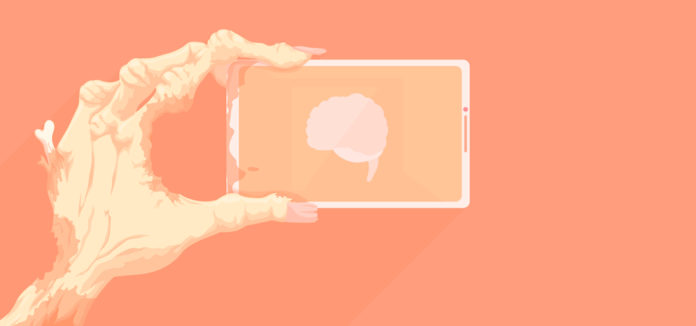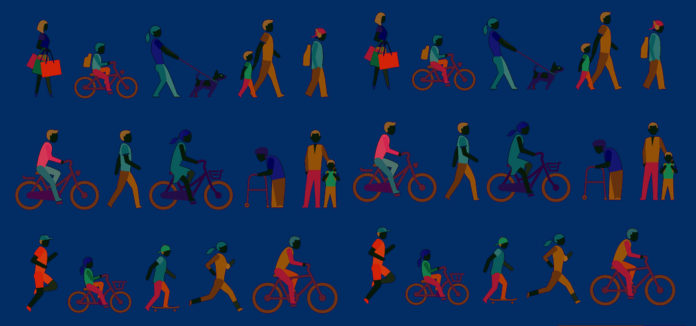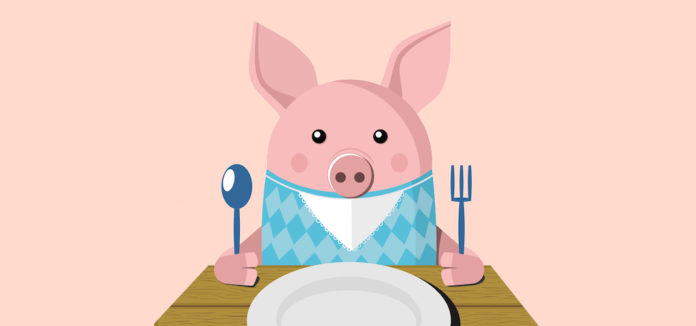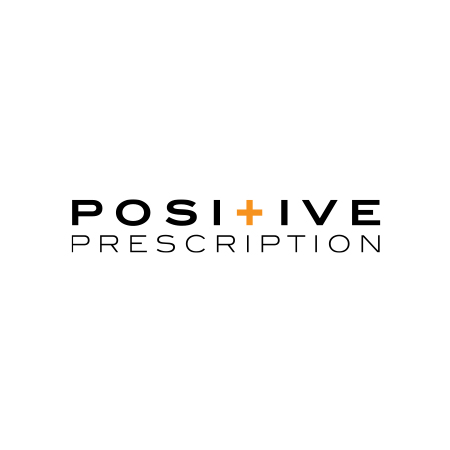When was the last time something took your breath away? I polled a few friends to explore this question and got a range of responses: gazing at the night sky, attending the Broadway show Hamilton, witnessing a baby’s first steps, being caught in a thunder storm, visiting the Grand Canyon, listening to Ave Maria, watching the Williams sisters hug after Venus defeated Serena at the US Open and beholding the beauty of the Tribute in Light, the twin beams that invoke the Twin Towers. Of note, not one person said they experienced awe reading email.
The sensation of awe is universal but hard to describe—“jaw-dropping,” “goose bump giving,” and “spine tingling” are often used to capture that sense of wonder that awe inspires. Indeed, the experience of awe occurs in the body as much as it does in the mind.
Psychologists are beginning to explore the benefits of awe and how these experiences are life-enhancing.
Studies show that awe makes people feel:
1. Less rushed for time.
2. More ethical when making decisions.
3. More patient.
4. Less materialistic.
5. More willing to volunteer to help others.
6. More generous.
In the words of one researcher:
Shifting your focus toward something vast is bound to put your problems in perspective and open you to the greater world.
Of course, in order to experience awe one must be open to it. As life speeds by it is easy to miss those jaw-dropping moments. A sunset won’t take your breath away if you are staring at your iPhone.
So look up once in a while – there’s a chance you’ll find yourself in awe.
He who can no longer pause to wonder and stand rapt in awe, is as good as dead; his eyes are closed.
–Albert Einstein
I wish you all the best,
Dr. Samantha Boardman







